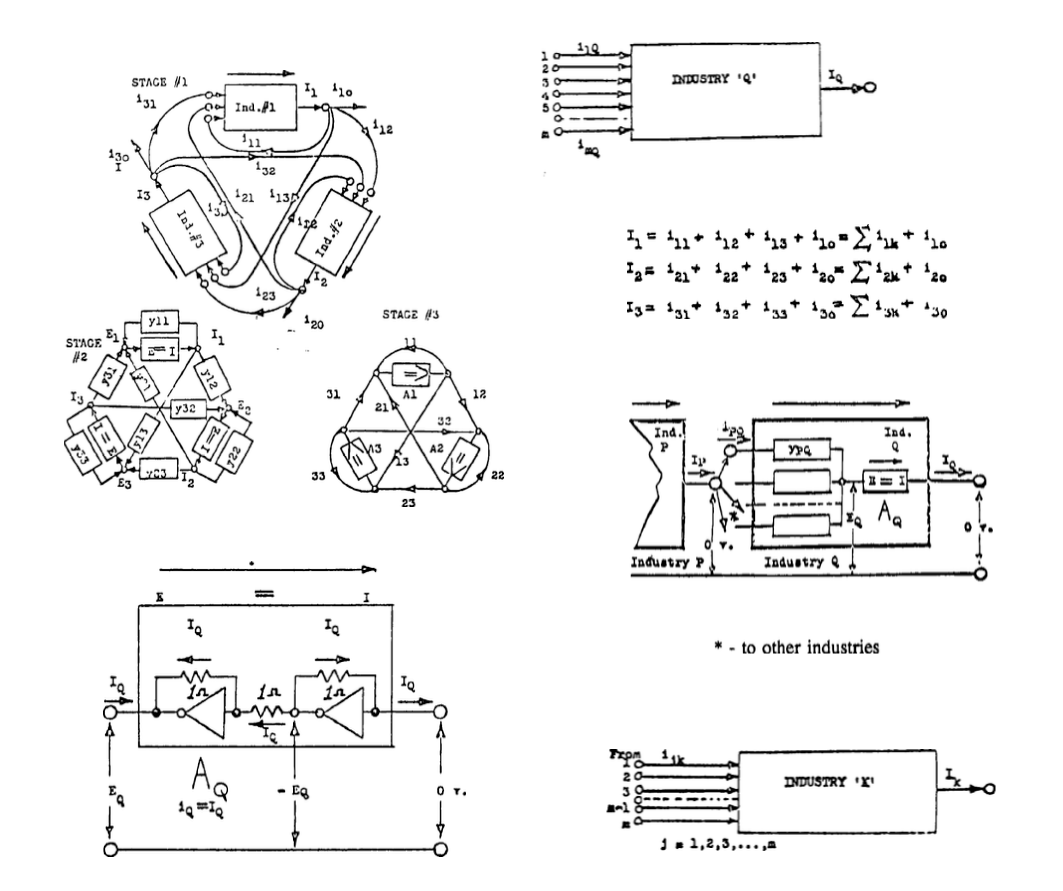TOP SECRET Silent Weapons for Quiet Wars
Operations Research Technical Manual TM-SW7905.1
Welcome Aboard
This publication marks the 25th anniversary of the Third World War, called the "Quiet War", being conducted using subjective biological warfare, fought with "silent weapons."
This book contains an introductory description of this war, its strategies, and its weaponry.
May 1979 #74-1120
Security
It is patently impossible to discuss social engineering or the automation of a society, i.e., the engineering of social automation systems (silent weapons) on a national or worldwide scale without implying extensive objectives of social control and destruction of human life, i.e., slavery and genocide.
This manual is in itself an analog declaration of intent. Such a writing must be secured from public scrutiny. Otherwise, it might be recognized as a technically formal declaration of domestic war. Furthermore, whenever any person or group of persons in a position of great power and without full knowledge and consent of the public, uses such knowledge and methodologies for economic conquest - it must be understood that a state of domestic warfare exists between said person or group of persons and the public.
The solution of today's problems requires an approach which is ruthlessly candid, with no agonizing over religious, moral or cultural values.
You have qualified for this project because of your ability to look at human society with cold objectivity, and yet analyze and discuss your observations and conclusions with others of similar intellectual capacity without the loss of discretion or humility. Such virtues are exercised in your own best interest. Do not deviate from them.
Historical Introduction
Silent weapon technology has evolved from Operations Research (O.R.), a strategic and tactical methodology developed under the Military Management in England during World War II. The original purpose of Operations Research was to study the strategic and tactical problems of air and land defense with the objective of effective use of limited military resources against foreign enemies (i.e., logistics).
It was soon recognized by those in positions of power that the same methods might be useful for totally controlling a society. But better tools were necessary.
Social engineering (the analysis and automation of a society) requires the correlation of great amounts of constantly changing economic information (data), so a high-speed computerized data-processing system was necessary which could race ahead of the society and predict when society would arrive for capitulation.
Relay computers were to slow, but the electronic computer, invented in 1946 by J. Presper Eckert and John W. Mauchly, filled the bill.
The next breakthrough was the development of the simplex method of linear programming in 1947 by the mathematician George B. Dantzig.
Then in 1948, the transistor, invented by J. Bardeen, W.H. Brattain, and W. Shockley, promised great expansion of the computer field by reducing space and power requirements.
With these three inventions under their direction, those in positions of power strongly suspected that it was possible for them to control the whole world with the push of a button.
Immediately, the Rockefeller Foundation got in on the ground floor by making a four- year grant to Harvard College, funding the Harvard Economic Research Project for the study of the structure of the American Economy. One year later, in 1949, The United States Air Force joined in.
In 1952 the grant period terminated, and a high-level meeting of the Elite was held to determine the next phase of social operations research. The Harvard project had been very fruitful, as is borne out by the publication of some of its results in 1953 suggesting the feasibility of economic (social) engineering. (Studies in the Structure of the American Economy - copyright 1953 by Wassily Leontief, International Science Press Inc., White Plains, New York).
Engineered in the last half of the decade of the 1940's, the new Quiet War machine stood, so to speak, in sparkling gold-plated hardware on the showroom floor by 1954.
With the creation of the maser in 1954, the promise of unlocking unlimited sources of fusion atomic energy from the heavy hydrogen in sea water and the consequent availability of unlimited social power was a possibility only decades away.
The combination was irresistible.
The Quiet War was quietly declared by the International Elite at a meeting held in 1954.
Although the silent weapons system was nearly exposed 13 years later, the evolution of the new weapon-system has never suffered any major setbacks.
This volume marks the 25th anniversary of the beginning of the Quiet War. Already this domestic war has had many victories on many fronts throughout the world.
Political Introduction
In 1954 it was well recognized by those in positions of authority that it was only a matter of time, only a few decades, before the general public would be able to grasp and upset the cradle of power, for the very elements of the new silent-weapon technology were as accessible for a public utopia as they were for providing a private utopia.
The issue of primary concern, that of dominance, revolved around the subject of the energy sciences.




